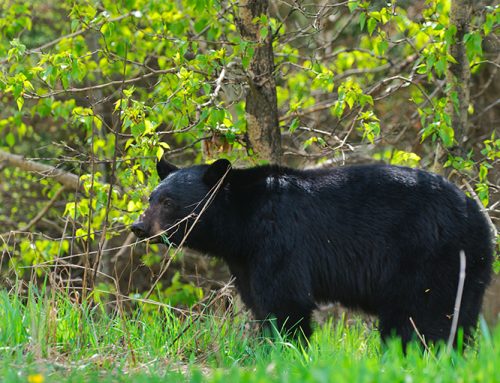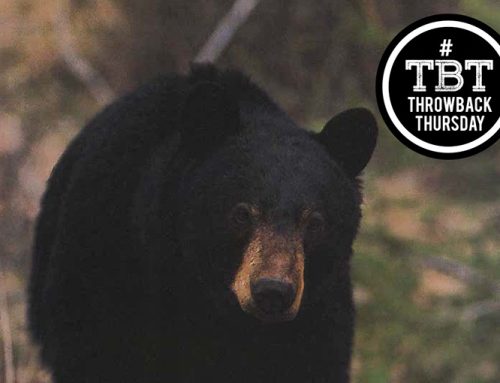 The second half of the Ontario government’s two-year spring bear management pilot project gets underway this week.
The second half of the Ontario government’s two-year spring bear management pilot project gets underway this week.
Last year, the province announced the project as a limited spring hunt introduced on the basis of public safety. Open only to Ontario hunters, it was held for a month and a half in wildlife management units 13, 14, 29, 30, 36, 39, 41 and 42, which are located in and around Timmins, Thunder Bay, Sudbury, Sault Ste. Marie, and North Bay.
This year, the pilot hunt will run from May 1 through June 15 in those same units, subject to municipal bylaws. Mark Ryckman, senior wildlife biologist with the OFAH, says preliminary data on the pilot program hunting season from 2014 indicates 847 residents reported participating in the 2014 early hunt with a reported harvest of 193 bears.
Hunters are permitted to harvest only male bears or female bears without cubs. A strongly disputed claim that cubs were being orphaned due to the harvest of sows sparked the cancellation of the spring hunt in 1999.
“Females don’t generally reproduce until they are five years old, and then they only have cubs every two years,” Ryckman says. “Up to 60 per cent of a bear population could consist of females less than five years of age and therefore incapable of reproducing.”
He says hunters can identify a lactating sow by her enlarged nipples. He advises hunters to not take a shot if there is any uncertainty in the sex of the bear.
According to the MNRF, Ontario is home to a healthy and sustainable black bear population with up to 105,000 black bears living in the province.






Harvest numbers are extremely low; other than regulated hunting (recorded harvest 5000 estimated annually), along with, road kills, rail kills, and those killed to protect
livestock & humans (these are unrecorded numbers) bears in Ontario have virtually no other natural mortality. Bears sleep (hibernate) throughout the winter and seem immune to the many diseases that control excess numbers in most other wildlife populations.
Annual birthrate is extremely high. Given aprox. 30,000 sows of cub bearing age with an average birthrate of 2.4 cubs annually; even with a 50 % cub survival rate …
this still suggests increased population annually is 36,000. Recorded harvest mortality is merely 5000. Despite the low harvest, MNR claims black bear population is not growing out-of-control in Ontario … therefore when you think about it 31,000 bears must die annually as unrecorded mortality (road kills, rail kills, and those killed to protect livestock & humans).
Increased hunting opportunities namely province wide spring bear hunt c/w USA hunters, provides costeffective population control. Perhaps already too little …
15 years too late; may need to return to past effective population control practices … free bear licenses to deer & moose hunters to help get the population back down to manageable safer numbers.
Wildlife cannot be stock piled; therefore without increased mortality yield you
simply can’t maintain a lower population of black bears.